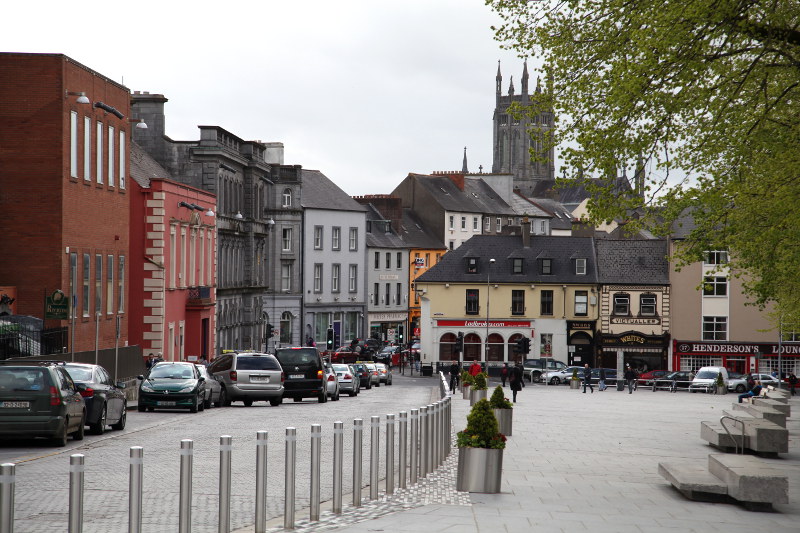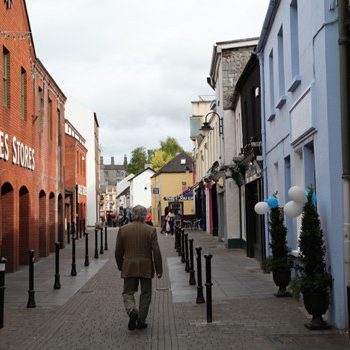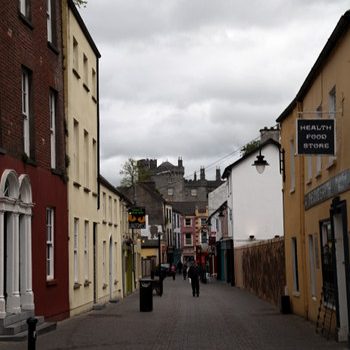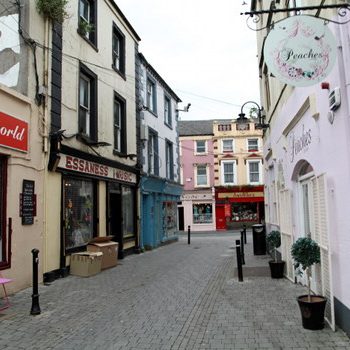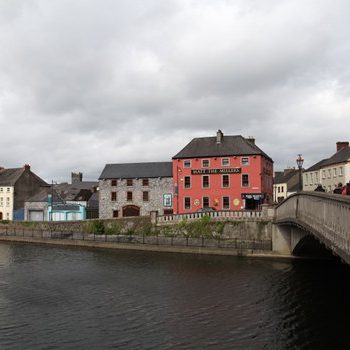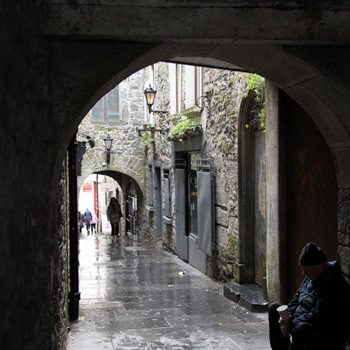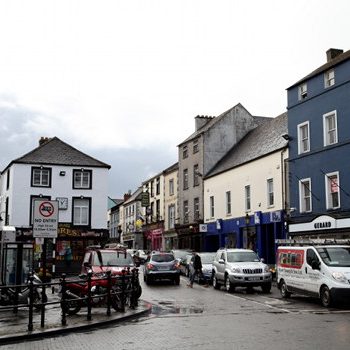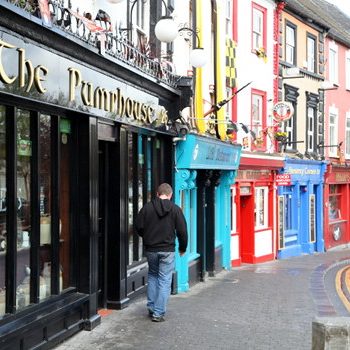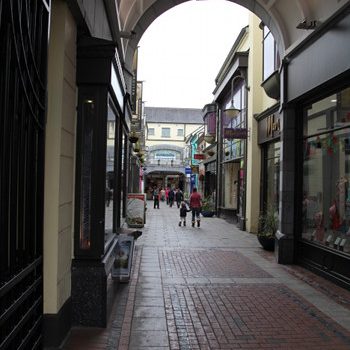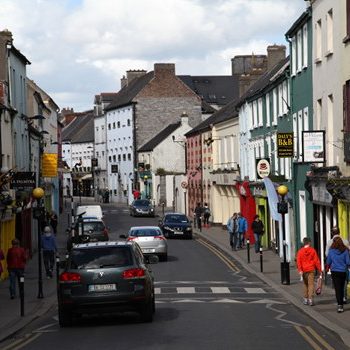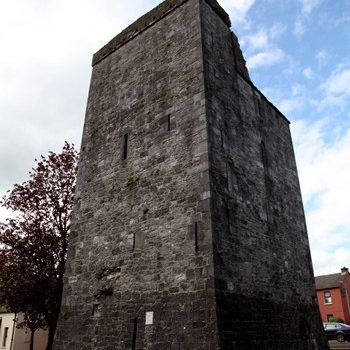In Kilkenny, it all started in the 6th century with a name and a church. The name: Cill Chainnigh, which anglicized is spelled Kilkenny and translated means the Church of St. Canice. Saint Cainnech of Aghaboe, also known as Saint Kenneth was a Gaelic Abbot and missionary during the early medieval period.
In the History of Ireland post, I mentioned Richard De Clare (Richard Strongbow), who led the Norman invasion of Ireland. Strongbow’s crest is seen all over Kilkenny because after the invasion he married Aoife, daughter of Dermot MacMurrough and was named Lord of Lenister. Strongbow settled in Kilkenny and built a wooden castle on the bank of the River Nore.
Richard and Aoife had a daughter, Isabel who was their sole heir. Because of her family lineage, she became one of the wealthiest heiresses in the kingdom and inherited all of her father’s and mother’s titles and lands. Isabel married William Marshall (Lord Marshal of England) and proceeded to build the existing stone Kilkenny castle and most of the surrounding medieval town, which is mostly still there. Their descendants either became royalty (Robert I / Robert the Bruce) or were the consorts of British royalty (Anne Boleyn, Jane Seymour, Catherine Howard, and Catherine Parr).
We could have easily spent two weeks in Kilkenny. It’s the kind of place that’s relaxing, not overcrowded, fun, and has some piece of history to explore in every nook and cranny.
